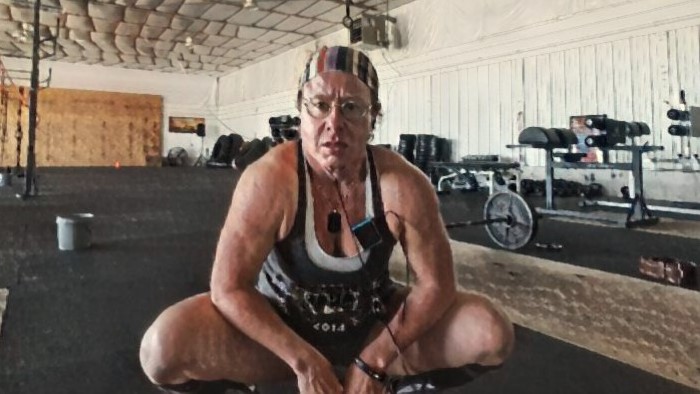
In young, healthy humans, the transition between the double to a single-leg stance is fairly symmetrical: that's the ideal type and balance/stability goal for performance and health.
As we age, get injured, heal (repeat the cycle several times), get over-specialized in unilateral movements, we deviate from that ideal type and become prone to more injury, more instability and the ensuing snowball effect includes pain, loss of performance, poor recovery and miserable life.
Stability is not just the mother of strength, then. It's the mother of health.
As complete bipedal animals, our effort is to recover as much as possible the early symmetrical transition from double to single-leg stance.
Some of the best tools for that are single-leg exercises:
- single-leg-RDL (first with no weight, then with added weight, whether single-hand, as with a dumbbell or a kettlebell, or a loaded barbell)
- split squat (weighted or not)
- single-leg Bulgarian split squat
- walk in-line
- single-leg hip-thrust
- single-leg step-up
The non-weighted version of all these exercises does not require any equipment and depending on how beaten-up by life (accidents, age, long athletic career, etc) you are, it would be great if you could do them every day.
More complex exercises that require a learning sequence and/or equipment involve:
- counter-movement single-leg jump
- single-leg stability exercises over an unstable platform
Depending on the cause of the bilateral imbalance, it's common to experience fast improvement but an equally fast loss of acquired stability. If that is the case, it's one of those things that must be done on a daily basis to avoid more pain, more injury, and more loss of performance.
Training is as much about gaining performance as about not losing it.
At some point, it becomes about maintaining physical and mental health and preserving personal autonomy.








